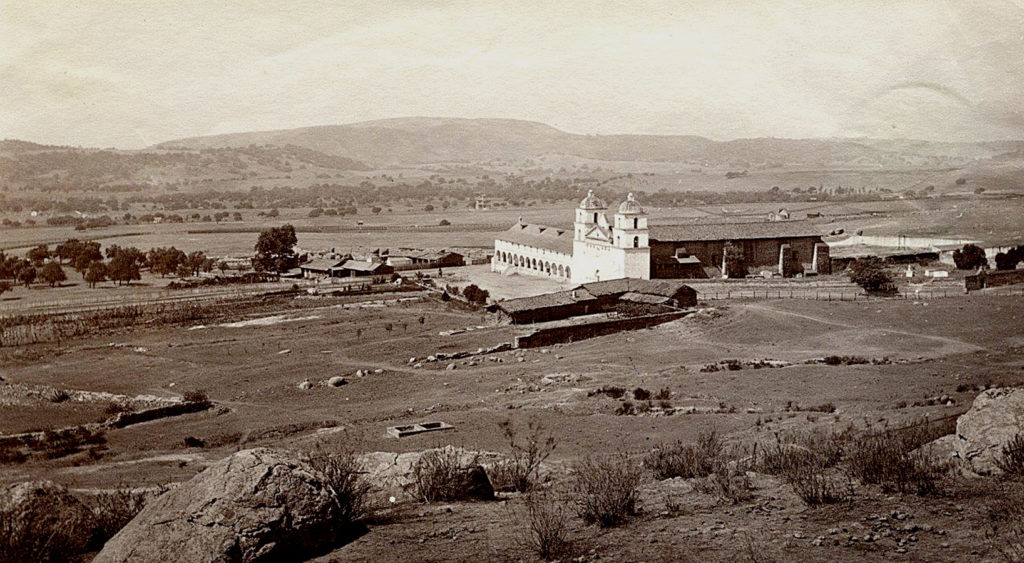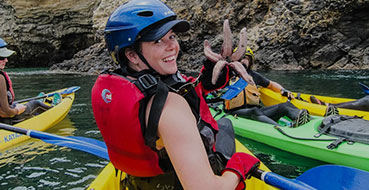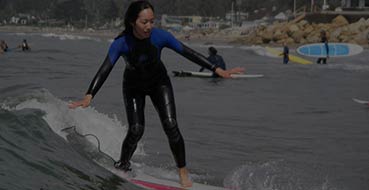
A memory of Santa Barbara’s earliest residents, Painted Cave State Park, exhibits some of the most intricate known Native American cave paintings created by the Chumash Tribe. Just a short drive into the mountains from downtown Santa Barbara, you can view original aboriginal artwork, some features and symbols of which were also painted by Chumash artists in the Old Mission sanctuary.

Founded on the Feast Day of St. Barbara, December 4, 1786, this “Queen of the Missions” was the 10th of 21 Franciscan missions established in California along El Camino Real, the route that connected the missions and presidios. The Mission not only offers incredible viewing opportunities in and around the architecture, but also a hilltop view of the city and ocean, as well as a beautiful rose garden for picnicking, Frisbee, or a stroll.

A National Historic Landmark, this “Andalusian castle” still functions as home of the California Superior Court and is open to visitors daily until 5pm. Their devoted team of docents offers free tours to the public at 10:30am (M-F) and 2pm (every day), beginning in one of many jewels of the courthouse, the Mural Room. Even if you skip the tour, it’s certainly worth a walk around the gardens and/or a quick pop up to the clock tower for spectacular city views.
We love swinging by the grounds for a picture perfect stop on our Mountains to Shore Bike Tour.

Hiding in plain sight, the Jimmy’s Oriental Gardens building marks the hub of Santa Barbara’s historic Chinatown and Japantown, located in the Presidio quadrangle. Much of Chinatown was disassembled in the reconstruction period following the 1925 earthquake, yet Jimmy’s and surrounding structures remain as a well-preserved snapshot into Santa Barbara’s Asian American history. The building still serves as a deli and cocktail bar.
Pass by this historic area on a corporate team building favorite: The Great Race!

The oldest working wooden wharf in California, Stearn’s Wharf still offers a myriad of entertainments including an aquarium, fishing, wine tasting, dining, and even fortune telling. Prior to its completion in 1872, Santa Barbara was extremely isolated from other developments due to the natural boundaries of coastal mountains and the Pacific Ocean, but Santa Barbara quickly developed into an economic hub of fishing, agriculture, and tourism, as it remains today.
Pro tip: experience Stearn’s Wharf from the best vantage point of all: on the water! Join us on our Harbor Wildlife Kayak Tour to explore by kayak.

